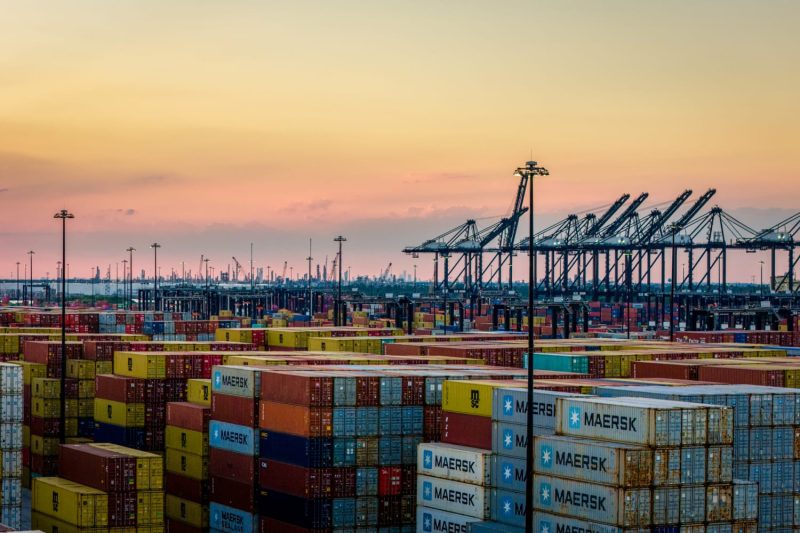
East Coast Ports Face Imminent Threat of Massive Maritime Strike!
The recent news of a major maritime strike that could potentially threaten ports across the East Coast has sent shockwaves through the transportation industry. The looming strike has the potential to disrupt vital supply chains, impacting businesses and consumers alike. Let’s delve deeper into the implications of such a strike and what measures could be taken to mitigate its impact.
The threat of a maritime strike comes at a time when global trade is already facing significant challenges due to the ongoing effects of the pandemic. The closure of ports along the East Coast would have far-reaching consequences, affecting a wide range of industries that rely on the smooth operation of these vital transportation hubs.
One of the key concerns surrounding the potential strike is the disruption it would cause to the flow of goods entering and leaving the country. With ports being major gateways for imports and exports, any disruption in their operations could lead to delays in shipments, shortages of essential goods, and increased costs for businesses and consumers.
Another major issue that could arise from a maritime strike is the impact on the economy. Ports play a crucial role in the economy, facilitating trade and supporting millions of jobs across various industries. A prolonged strike could result in significant financial losses for businesses, job layoffs, and a slowdown in economic activity.
Furthermore, the strike could have widespread implications for the transportation and logistics sector. Trucking companies, railroads, and other related industries that rely on the efficient operation of ports would also be affected. Delays in shipments could lead to congestion at ports and transportation hubs, further exacerbating the situation.
In light of these potential challenges, it is essential for stakeholders to work together to find solutions that can help prevent or minimize the impact of a maritime strike. Communication and coordination between port authorities, labor unions, shipping companies, and government agencies are crucial to addressing the underlying issues and reaching a resolution.
Additionally, contingency plans should be put in place to ensure that essential goods such as food, medical supplies, and fuel continue to flow smoothly even in the event of a strike. Businesses should also consider diversifying their supply chains and exploring alternative transportation routes to mitigate the risks posed by a potential disruption at the ports.
Ultimately, the looming threat of a maritime strike serves as a stark reminder of the importance of a resilient and reliable transportation infrastructure. While the situation remains uncertain, proactive measures and collaborative efforts are essential to safeguard the smooth functioning of ports and ensure the continued flow of goods in a globalized world.
